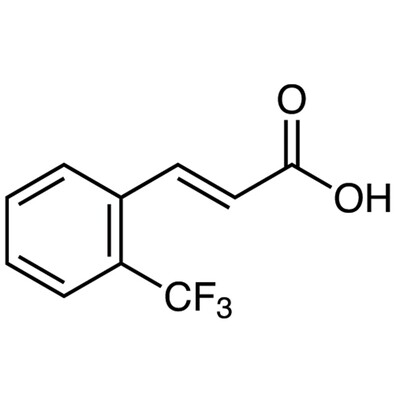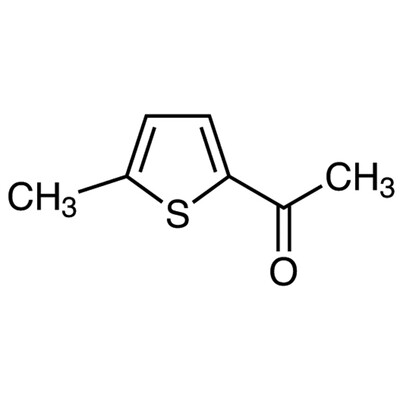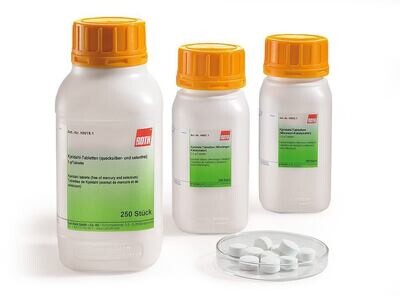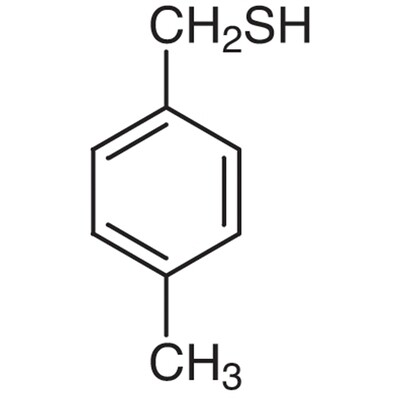Potassium dicyanoaurate(I) 40% 1 g
SKU 006463-1
€ 99,50
In stock
1
Save this product for later
Potassium dicyanoaurate(I) 40% 1 g
Product Details
CAS number: 13967-50-5
Chemical formulas: K[Au(CN)2] + KCN/ 40% Au
Cation: K
Packaging: 1 g
EAN: 8721028243560
Brand: Laboratoriumdiscounter
Potassium dicyanoaurate(I) 40% is a highly effective chemical compound used in various industries. With its potent properties, it serves as a catalyst, stabilizer, and corrosion inhibitor. This unique solution offers exceptional performance in electroplating, metal finishing, and gold extraction processes. Its high purity and concentration make it an ideal choice for industries seeking reliable and efficient solutions.
When working with Potassium dicyanoaurate(I) 40%, it is important to follow safety instructions to ensure your well-being. Here are some short safety instructions to consider: 1. Personal Protective Equipment (PPE): Always wear appropriate PPE, including gloves, safety goggles, and a lab coat or protective clothing, to protect yourself from potential contact with the chemical. 2. Ventilation: Work in a well-ventilated area or use a fume hood to prevent the accumulation of any harmful vapors or gases. 3. Handling: Handle Potassium dicyanoaurate(I) 40% with care, avoiding any direct contact with skin, eyes, or clothing. In case of accidental contact, rinse the affected area immediately with plenty of water. 4. Storage: Store the chemical in a cool, dry, and well-ventilated area, away from incompatible substances. Ensure proper labeling and secure storage to prevent accidental spills or leaks. 5. Spills and leaks: In case of spills or leaks, contain the area and clean it up promptly using appropriate absorbent materials. Dispose of the waste according to local regulations. 6. Fire safety: Potassium dicyanoaurate(I) 40% is not flammable, but it may release toxic fumes when exposed to high temperatures. Keep it away from open flames or ignition sources. 7. Emergency procedures: Familiarize yourself with the emergency procedures and the location of safety equipment, such as eyewash stations and fire extinguishers, in case of accidents or spills. 8. Disposal: Dispose of Potassium dicyanoaurate(I) 40% according to local regulations and guidelines. Do not pour it down the drain or dispose of it with regular waste. Remember, these are general safety instructions, and it is essential to consult the specific safety data sheet (SDS) and follow the guidelines provided by the manufacturer for the specific chemical you are working with.
Please note, not all safety data for this product is available on our website, for a complete list of P en H sentences and other safety instructions please request the MSDS at our customer service
You May Also Like
Display prices in:EUR













